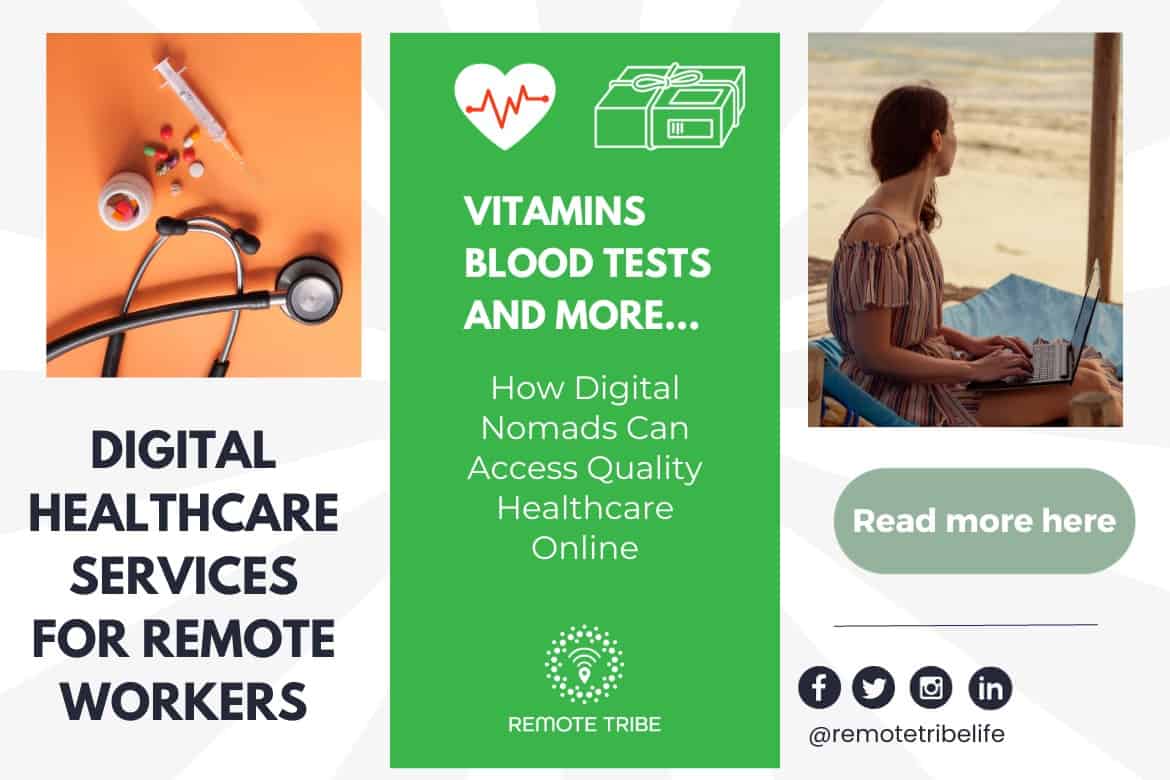Why Subscription Based Healthcare is Getting Popularity Among Patients Today
Why Subscription Based Healthcare is Getting Popularity Among Patients Today
Blog Article
The Rise of Subscription-Based Health Care and Its Effect On Client Care
As health care advances, the subscription-based model is acquiring traction, guaranteeing to transform individual treatment by using predictability and accessibility. These models, which bypass conventional insurance coverage, might redefine the patient-doctor dynamic, emphasizing precautionary and individualized treatment. As with any development, they provide challenges, particularly concerning fair accessibility for all socioeconomic groups. The potential for these models to reshape health care delivery elevates pushing concerns regarding their long-term sustainability and inclusivity. Are these registration solutions the future of health care, or do they run the risk of leaving susceptible populations behind? The details of this change warrant a better evaluation.
Understanding Subscription Health Care Versions
Comprehending the concept of registration healthcare versions includes examining a transformative technique to medical solutions that emphasizes cost and accessibility. These designs, commonly referred to as straight medical care (DPC) or attendant medicine, have arised as cutting-edge alternatives to typical fee-for-service health care systems. Registration healthcare enables individuals to pay a fixed regular monthly or yearly charge for a specified set of medical services, which may include unrestricted office sees, regular check-ups, and fundamental laboratory examinations, without the demand for conventional insurance coverage payment.
The framework of subscription health care designs is designed to improve individual treatment by removing third-party payers and intricate payment codes, thereby decreasing administrative problems. Medical care service providers can focus much more on client care, promoting stronger patient-provider relationships. This model also promotes preventative care by encouraging regular gos to, as the financial obstacle of per-visit charges is eliminated.
The subscription design usually encourages doctor to manage smaller sized patient panels, permitting more personalized care. It lines up financial motivations with person health and wellness results, as carriers are encouraged to preserve client complete satisfaction and wellness. In general, comprehending registration healthcare models needs identifying their prospective to reshape how treatment is supplied and accessed.
Benefits for Patients and Providers

For companies, subscription-based designs use the opportunity to strengthen patient-provider partnerships. With a constant profits stream, medical care experts can devote even more time per person, causing a much more thorough and individualized treatment experience. This version additionally reduces reliance above patient quantities, minimizing fatigue and boosting task fulfillment. Moreover, the emphasis on preventive treatment within membership strategies can cause far better patient results and minimized lasting healthcare expenses. By focusing on continuous treatment, carriers can deal with issues prior to they rise, ultimately profiting the healthcare system as an entire by minimizing the burden on emergency and severe treatment pop over to these guys services.
Difficulties and Problems
While subscription-based healthcare designs existing various benefits, they likewise come with a set of difficulties and worries that must be attended to. This increases ethical inquiries regarding fair accessibility to medical care services.
Financial sustainability of subscription-based designs is another issue. Companies should balance the set revenue from memberships with the variable expenses of health care solutions, which may rise and fall due to unforeseen clinical demands. This can produce pressure to limit solutions or increase charges, potentially influencing client complete satisfaction and care quality.
In addition, governing oversight of subscription-based healthcare designs is still developing. Addressing these challenges is important for the effective and fair application of subscription-based healthcare.
Influence On Patient-Doctor Relationships
One significant impact of subscription-based health care versions on patient-doctor partnerships is the possibility for enhanced connection and personalized treatment. By adopting a registration model, medical professionals can manage a smaller sized person panel, enabling even more specialized time with each person. This boosted accessibility fosters a much deeper understanding of a person's case history, lifestyle, and preferences, enabling more Go Here customized treatment strategies and treatments.

However, it is crucial to identify that while subscription-based designs may benefit those who can afford them, they can accidentally expand medical care differences. People who are incapable to join these versions might experience reduced access to individualized care, potentially impacting their relationships with medical care companies. Hence, while the membership version provides promising advantages for patient-doctor connections, it also postures challenges that need to be resolved to guarantee equitable healthcare access.
Future of Medical Care Gain Access To

The role of technology can not be overlooked in this improvement. Telemedicine systems and electronic wellness records help with seamless communication between clients and healthcare suppliers, damaging down geographical and logistical obstacles. Furthermore, improvements in expert system and information analytics can better individualize treatment by predicting patient requirements and maximizing therapy strategies.
However, the future of healthcare gain access to additionally provides obstacles, such as guaranteeing equity across various socio-economic groups. Policymakers and medical care carriers have to work together to link the electronic divide, making sure that subscription-based versions stay affordable and inclusive. As these systems grow, they hold the pledge of making medical care a lot more accessible, effective, and patient-centric.
Final Thought
Subscription-based medical care models are reshaping patient treatment by offering a stable price structure and enhancing accessibility. The surge of subscription-based healthcare encourages aggressive patient engagement, which has the possible to improve patient results and complete satisfaction, indicating a transformative change in healthcare delivery.
As health care evolves, the subscription-based design is acquiring traction, guaranteeing to change person treatment by supplying predictability and accessibility.Subscription-based medical care versions use distinctive benefits for both carriers and people, improving the general healthcare experience.As health care systems advance, the future of healthcare accessibility regularly hinges on the assimilation of cutting-edge designs and modern technologies.Subscription-based health care designs are reshaping patient care by offering a secure price framework and boosting availability. The rise of subscription-based healthcare encourages aggressive person engagement, which has the potential click here for info to boost client end results and fulfillment, signaling a transformative change in medical care distribution.
Report this page